Matthew Wickens enjoys a new book “by architects, for architects” about Neave Brown
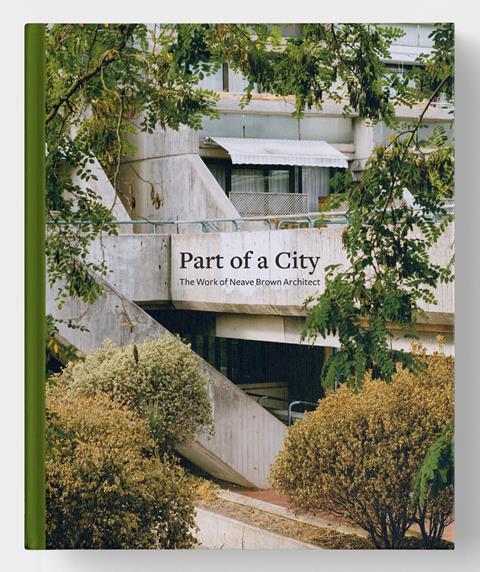
Most will be aware that Neave Brown passed away in January 2018, just a few short months after having been awarded the RIBA Gold Medal. The award was the culmination of over a decade or so, during which his work had gone through a period of reappraisal and growing appreciation.
Having been unable to build in the UK for a generation and “fallen from favour” as architectural fashions waxed and waned, his star had risen once again. And yet throughout that time, when Brown appeared to have been left behind by the political and cultural current, it felt as though there was an almost secret society of those (architects in the main, but with others) who lived in, or wanted to live in, the modernist housing built by Camden architects department during the 1970s.
This was a good while before the rediscovery of “Brutalism” and the reincarnation of “mid-century modernism” as an aspirational brand. These “early-adopters” fetishistically passed around a copy of a Japanese journal called Toshi-Jutaku and wondered at how these projects, and the prime mover amongst their designers, had become a prophet in another land, but seemed little appreciated here.
Viewed from this perspective this book is part of an overdue exercise in rewriting this wrong and retelling the stories of those involved. It is a project already advanced admirably by Mark Swenarton in his magisterial work Cook’s Camden: The Making of Modern Housing, to which Lynch pays due deference in his opening essay.
Lynch’s essay acknowledges that, “Just as Neave Brown wasn’t looking to have the final word, neither does this book. Instead we present to you a range of views and a collection of primary sources for further scholarship and for architects to reflect upon.”
However, this is not just a collection of glowing reviews. It includes Reyner Banham’s article for New Society bemoaning Alexandra Road’s dire acoustic impact on the area of South Hampstead in which he lived. Also included are Ed Jones’ articles for Architectural Design about both Winscombe Street and Fleet Road, the latter of which Jones is still not entirely convinced by even after all these years.
Other collected texts include Brown’s own thoughtful piece on Lyons Israel Ellis Gray, and texts for Architectural Design on the Siedlung Halen housing in Switzerland and his essay The Form of Housing. In addition, there is another piece entitled Conflict of Values within the Change of Times from Toshi-Jutaku.
The most readable and enjoyable contribution comes from David Porter, Brown’s long-time collaborator. Over 40 pages he conjures up the spirit of the times, starting with the AA in the 1950s, through to Brown’s exhibition of life drawings in 2007.
Porter notes that his own contribution “isn’t ‘theory’ in the traditional sense…but rather the accumulated principles and prejudices of a practical architect, whose work was based on a real, living political commitment to a social art.” It is all the better for it.
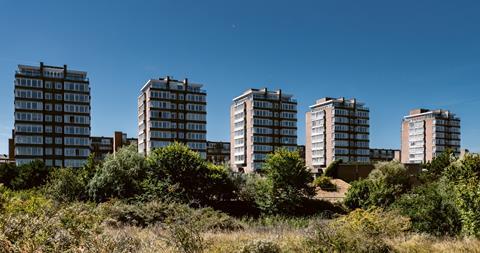
He compares Brown to a mediaeval carpenter, an intellectual craftsman, and says Brown detailed joinery as if he were in the joinery shop. We hear the story of the decision to finally quit the Zwolsestraat housing project in The Hague, due to the client making ever more painful cost savings.
Porter also recounts the challenges of producing hand-drawings in London for the Medina project in Eindhoven, using cutting-edge technology to “fax” the drawings, cut into A4 pieces, to Holland where they were reassembled! It is a pleasure to read, and deftly touches on many perennially relevant issues that arise in practice.
This is a handsomely produced, competitively priced volume for which the editors (Patrick Lynch, Claudia Lynch and David Porter) should be congratulated. The book is, in essence, a primer on Neave Brown, and pulls together most of the published writing both about, and by him, along with some enlightening newly published material.
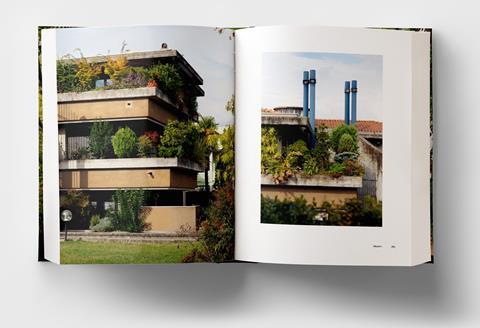
The new essays by Patrick Lynch and David Porter are especially well-rounded exercises in scene setting, in the case of Lynch, and taking us back to the period in question by Porter. The book is then augmented with shorter pieces, of varying literary type, by authors including Jonathan Sergison, Simon Henley, David Evans, John Zhang, Amy Young, and Claudia Lynch.
New photographs commissioned from Sue Barr and Rory Gaylor bring the story up-to-date with contemporary photos of all the built work.
This is an architect’s architecture book - by architects, for architects. Treat yourself to a belated Christmas present!
Also read>> The Civic Art of Neave Brown
Postscript
Part of a City: The Work of Neave Brown Architect is edited by Patrick Lynch, Claudia Lynch and David Porter. It is published by Canalside Press.
Matthew Wickens is director of studies for the MArch programme at the University of Bath.









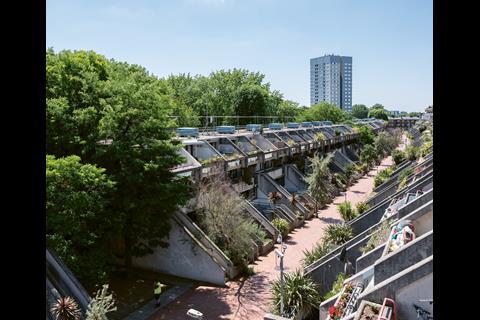
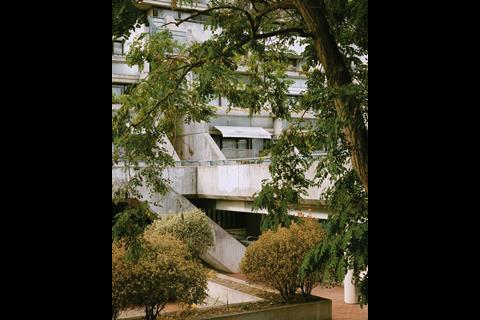
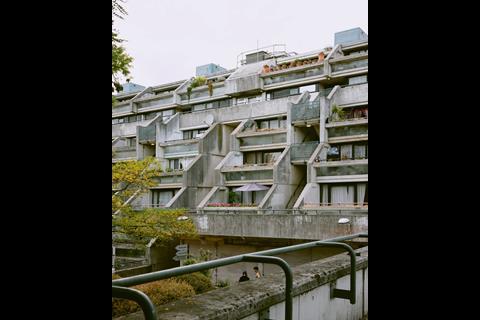
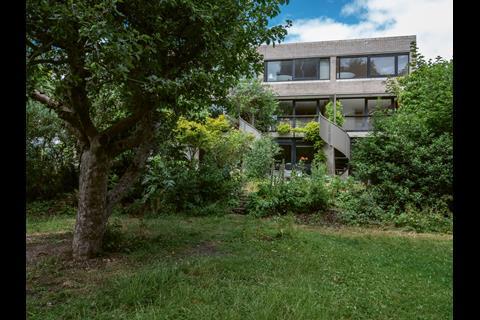
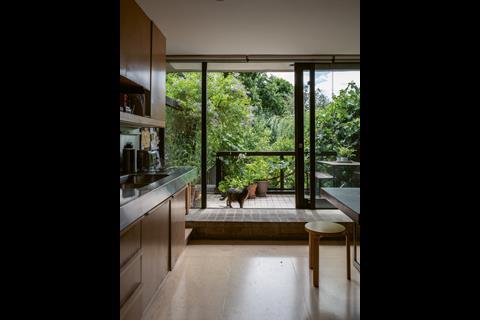
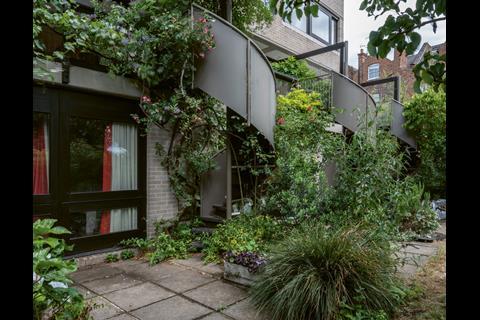







No comments yet